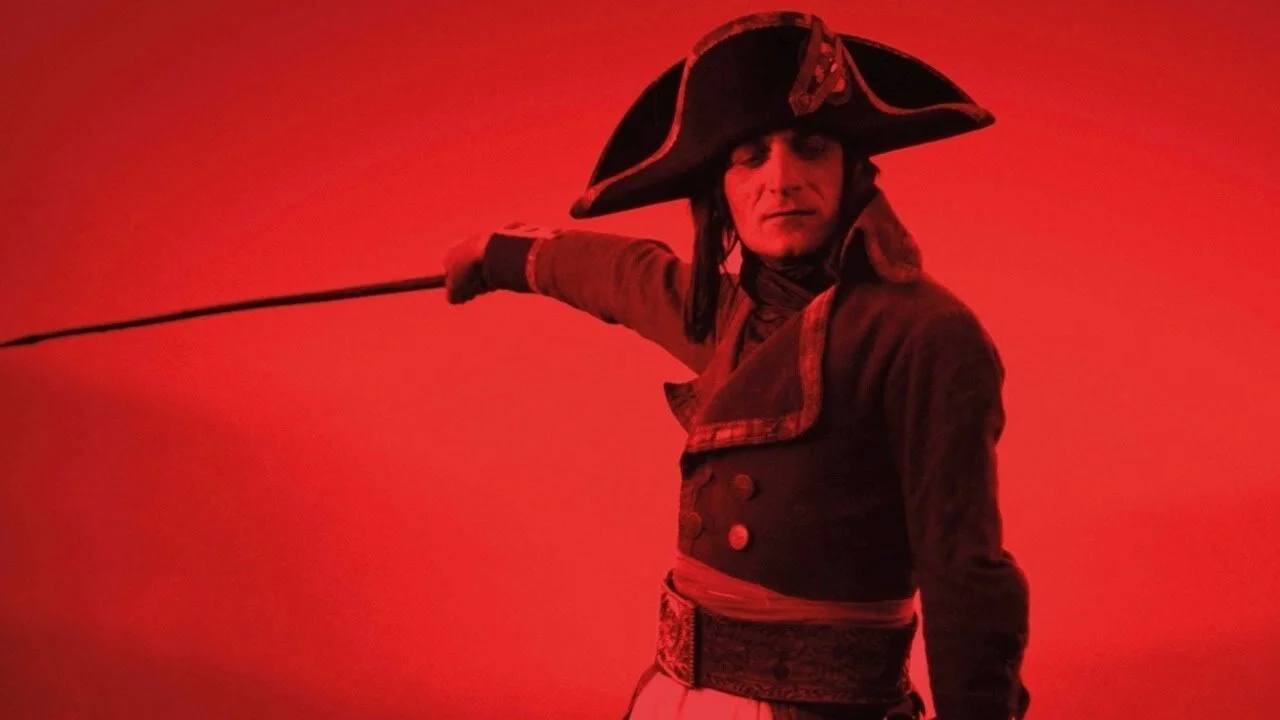Although it’s still disputed among critics as to whether French Impressionism really was a movement in its own right, it’s generally accepted that there was shared creative goal among French filmmakers throughout the 1920s. With an emphasis on emotional representation as opposed to an objective reality, Impressionist films collectively developed film theory as a whole.
How French Impressionist cinema began
Image: 'Napoléon' (Gaumont)
French Impressionism is arguably the movement that initially inspired film criticism in an academic fashion. The movement explored techniques such as non-linear editing, innovative lighting, attempts to portray dream sequences and fantasies, and other ingenious methods to tell a story from a protagonist’s point of view. Although these conventions are well-known to filmgoers today, this common knowledge is thanks to innovative frameworks created with movements such as French Impressionism. In fact, Abel Gance even introduced the concept of using widescreen to enhance the cinematic experience for his 1927 film, Napoléon.
The movement was somewhat inspired by the increasing dominance of American cinema being released in France after WWI. These American releases would usually have mainstream appeal and, therefore, conventional storytelling for that period. This explains why filmmakers such as Louis Delluc, Abel Gance and Marcel L’Herbier decided to challenge these conventions using techniques that are undeniably French, despite never officially forming a collective in order to change the status quo. In retrospect, the movement is widely known for prioritising aesthetically beautiful images, in the same vein as Impressionist painters such as Renoir, Degas and Monet.
“French cinema must be cinema … French cinema must be French” – Louis Delluc
Prior to French impressionist cinema, the majority of conventions were inspired by live theatre. Instead of continuing this trend, impressionists created entirely new theories as to how a film can articulate a wide range of emotions, situations and subjective realities. Whether directly or indirectly, these new conventions have influenced practically every moving image since. (Source)


